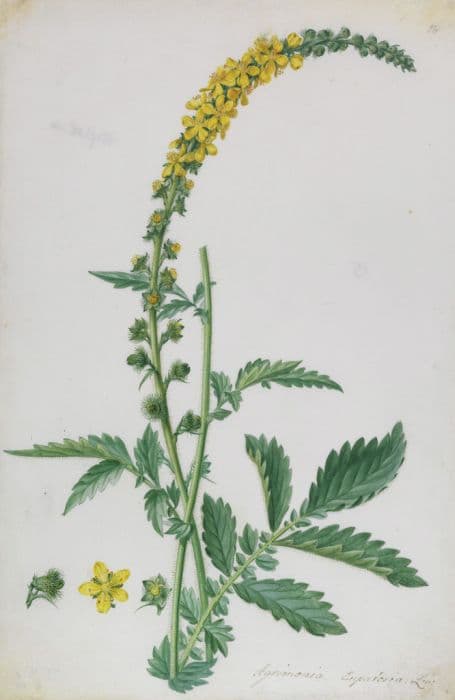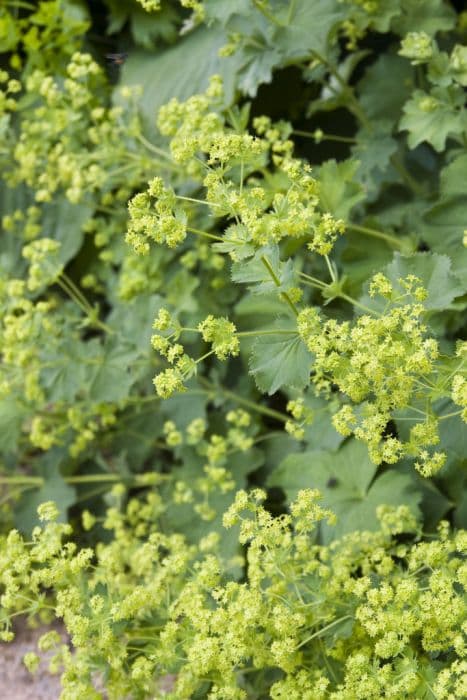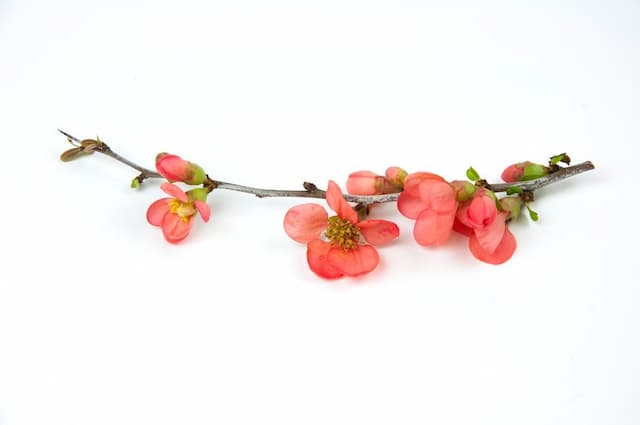Ingrid Bergman Rose Rosa Ingrid Bergman = 'Poulman' (PBR) (HT)
![rose [Ingrid Bergman]](/_next/image?url=https%3A%2F%2Fplants-admin.emdemapps.com%2Fimages%2Fplants%2F%2Fimages%2F604b5dae3e985.png&w=3840&q=75)
ABOUT
The Rosa Ingrid Bergman, commonly known as Ingrid Bergman rose, is a striking plant known for its glamorous flowers that are reminiscent of the Hollywood star after whom it is named. The blooms are a deep, velvety red color that can appear almost black in certain lighting conditions. Each flower is elegantly shaped, with a high-centered form that gradually opens into a full, cup-like shape, showcasing a multitude of petals that overlap in a intricate and alluring display. These roses have a lustrous texture, and they exude a strong, sweet fragrance that is both captivating and delightful to the senses. The leaves of the Ingrid Bergman rose are a glossy, dark green, providing a beautiful contrast against the richness of the red flowers. This provides a perfect backdrop that highlights the brilliance of the blooms. The plant itself has a bushy appearance with sturdy stems that are often armed with thorns. As a hybrid tea rose, it is cultivated for its exquisite, solitary flowers that perch atop each stem, making them standout features in gardens and floral arrangements. The Ingrid Bergman rose is celebrated for its classic beauty and is a popular choice among gardeners and rose enthusiasts for creating a dramatic and romantic atmosphere in the landscape.
About this plant
 Names
NamesFamily
Rosaceae.
Synonyms
Ingrid Bergman Rose, Poulman Rose.
Common names
Rosa 'Poulman'.
 Toxicity
ToxicityTo humans
The hybrid tea rose is generally not considered toxic to humans. Therefore, if a person ingests parts of a hybrid tea rose plant such as the one named Rosa Ingrid Bergman, it is unlikely to cause significant poisoning. However, plant parts can pose a choking hazard or cause mild stomach upset if ingested in large amounts. It's always better to avoid eating ornamental plants.
To pets
The hybrid tea rose is not toxic to pets such as dogs and cats. If a pet ingests parts of the plant, like the leaves or petals, they may experience mild gastrointestinal upset, including vomiting or diarrhea, but serious toxicity is not expected. Thorns can cause physical injury if not careful, but the plant itself isn't harmful if consumed occasionally in small quantities.
 Characteristics
CharacteristicsLife cycle
Perennials
Foliage type
Deciduous
Color of leaves
Green
Flower color
Red
Height
3-4 feet (0.9-1.2 meters)
Spread
2-3 feet (0.6-0.9 meters)
Plant type
Shrub
Hardiness zones
5
Native area
Cultivar
Benefits
 General Benefits
General Benefits- Vibrant Color - The Rosa Ingrid Bergman boasts deep red flowers, adding a splash of rich color to any garden.
- Aromatic Scent - It emits a classic, beautiful rose fragrance that can enhance the sensory experience of a garden or space.
- Cut Flower Usage - The flowers have a sturdy, long stem, making them ideal for cutting and using in floral arrangements.
- Disease Resistance - This cultivar is known for having a good resistance to common rose diseases, reducing the need for chemical treatments.
- Cold Hardy - It demonstrates resilience in cooler climates, making it suitable for a wide range of geographical locations.
- Attracts Pollinators - The blossoms of the Rosa Ingrid Bergman attract beneficial insects such as bees, supporting local ecosystems.
- Continuous Blooming - It has a reputation for blooming repeatedly throughout the growing season, providing long-lasting garden interest.
- Landscape Design - With its upright growth habit, it is an excellent choice for formal garden designs, borders, and as a focal point in landscape arrangements.
- Low Maintenance - This rose is considered to be relatively low maintenance, requiring standard care practices for roses without excessive need for attention.
 Medical Properties
Medical PropertiesThis plant is not used for medical purposes.
 Air-purifying Qualities
Air-purifying QualitiesThis plant is not specifically known for air purifying qualities.
 Other Uses
Other Uses- Culinary garnish: Petals of roses can be used to add a splash of color and a light fragrance to salads or desserts.
- Botanical art: Rose petals can be pressed and used in creating botanical artwork, as they retain their color and shape quite well.
- Natural dye: The deep red petals of the rose can be used to make natural dyes for fabrics or papers.
- Floral baths: Adding rose petals to a bath can create a luxurious and relaxing experience, as the natural oils can be soothing for the skin.
- Handmade paper: Roses can be incorporated into handmade paper for texture and decoration. The fibers from the stems can also contribute to the paper's strength.
- Scented stationery: Dried rose petals can be used in making scented stationery, providing a subtle fragrance when the paper is used.
- Floral water: Rose petals can be steeped in water to create a lightly scented rose water for use in homemade cosmetics or as a refreshing spritz.
- Homemade potpourri: Dried rose petals are a common ingredient in potpourri mixes, helping to create a pleasant and natural aroma in the home.
- Educational tools: Roses can be used in educational settings to teach botany, as they exhibit classic features of plant biology and flower structure.
- Crafting natural jewelry: Petals and buds of roses can be used to make unique, biodegradable jewelry pieces after being treated and preserved.
Interesting Facts
 Feng Shui
Feng ShuiThe rose is used in Feng Shui to attract love and create a nurturing environment, as roses are associated with the southwest sector of love and marriage. Place the rose plant in this sector to enhance romantic relationships or in the living room to promote positive familial interactions.
 Zodiac Sign Compitability
Zodiac Sign CompitabilityThe rose is not used in astrology practice.
 Plant Symbolism
Plant Symbolism- Love and Admiration: The rose, being a timeless symbol of deep affection and admiration, represents the emotional depth and enduring passion one feels for another.
- Beauty: Roses are often associated with beauty due to their classic form and exquisite petals, embodying the ideal of both inner and outer beauty.
- Honor and Respect: Giving a rose can be a sign of respect and tribute, often used to honor someone who is held in high regard or has accomplished a significant achievement.
- Devotion: Roses symbolize deep devotion and loyalty, making them a frequent choice for romantic occasions and declarations of commitment.
 Water
WaterThe Ingrid Bergman rose should be watered deeply once a week, providing about 1 to 1.5 gallons per plant to ensure that the water reaches far into the root zone. During hot and dry periods, you may need to water twice a week. It's important to avoid overhead watering to prevent disease; instead, water at the base of the plant using a soaker hose or drip irrigation to keep the foliage dry. In the winter, reduce watering, but do not allow the soil to become completely dry. Ensure the soil drains well to prevent waterlogging, which can lead to root rot.
 Light
LightThe Ingrid Bergman rose thrives in a location where it receives at least six hours of direct sunlight each day. Full sun exposure is essential for the plant's health, vigorous growth, and abundant bloom production. An east or west-facing garden spot that enjoys the morning or late afternoon sun is ideal and can help protect the blooms from the most intense midday rays during the peak of summer.
 Temperature
TemperatureThe Ingrid Bergman rose does well in a wide range of temperatures, but prefers consistent daytime temperatures between 65 and 75 degrees Fahrenheit. It can survive minimum temperatures as low as 20 degrees Fahrenheit when established, but it will require protection if temperatures dip lower. During the winter, applying mulch around the base can help insulate the roots from extreme cold.
 Pruning
PruningPrune the Ingrid Bergman rose to maintain its shape, encourage healthy growth, and to remove dead or diseased wood. Pruning should be done in the early spring, after the last frost and when the buds begin to swell. Remove any thin, weak canes, leaving 3 to 5 of the strongest canes. Pruning is also the time to cut back the top of the remaining canes by about one third to encourage vigorous new growth and abundant flowering.
 Cleaning
CleaningAs needed
 Soil
SoilHybrid Tea Roses like Rosa 'Ingrid Bergman' thrive in well-draining, fertile soil with a pH of 6.5 to 7.0. A mix containing equal parts loam, peat moss or compost, and perlite or coarse sand is ideal to ensure good drainage and fertility.
 Repotting
RepottingHybrid Tea Roses such as Rosa 'Ingrid Bergman' do not typically require frequent repotting and are often planted directly in the ground. However, if grown in containers, repotting every 2 to 3 years or when the plant outgrows its current pot is sufficient.
 Humidity & Misting
Humidity & MistingRosa 'Ingrid Bergman' prefers moderate humidity levels. While they are adaptable to various outdoor humidity conditions, it is important that the foliage remains dry to prevent disease, ensuring a healthy rose bush.
 Suitable locations
Suitable locationsIndoor
Place in bright, indirect sunlight and water thoroughly.
Outdoor
Plant in full sun, enriched soil, water, and mulch well.
Hardiness zone
5-9 USDA
 Life cycle
Life cycleThe life of a hybrid tea rose, such as Rosa 'Ingrid Bergman', begins with seed germination, although commercial propagation often involves grafting or cuttings to maintain specific cultivar traits. After germination or root development from cuttings, the plant enters a vegetative stage where it establishes its root system and produces stems and leaves. As the plant matures, it develops buds that eventually blossom into the characteristic full, fragrant flowers, typically starting in late spring and recurrently blooming through summer and fall. After pollination, which may be less frequent in hybrid teas due to breeding for petal density, the plant may produce hips (seed pods) if not deadheaded. The plant enters dormancy during the winter, conserving energy and pausing growth, which is essential for surviving colder temperatures. With the return of warmer weather in spring, the cycle begins anew with renewed growth and flowering.
 Propogation
PropogationPropogation time
Spring to early summer
The Rosa 'Ingrid Bergman', also known as 'Poulman' (PBR), is a patented variety of hybrid tea rose that is most commonly propagated through the method of budding. This technique is usually carried out in late summer when rose stocks are actively growing. In the process of budding, a bud from the Rosa 'Ingrid Bergman' is grafted onto the rootstock of a different rose plant that has been selected for its hardiness and vigorous root system. The bud is carefully inserted under the bark of the rootstock after a T-shaped cut is made. It is then secured in place with budding tape or raffia. Over a few weeks, the bud unites with the rootstock to develop a new Rosa 'Ingrid Bergman' plant, carrying all the characteristics of the original, including its stunning red flowers. It's important to note that this method must be performed with precision to ensure the bud takes successfully and grows into a healthy plant.









